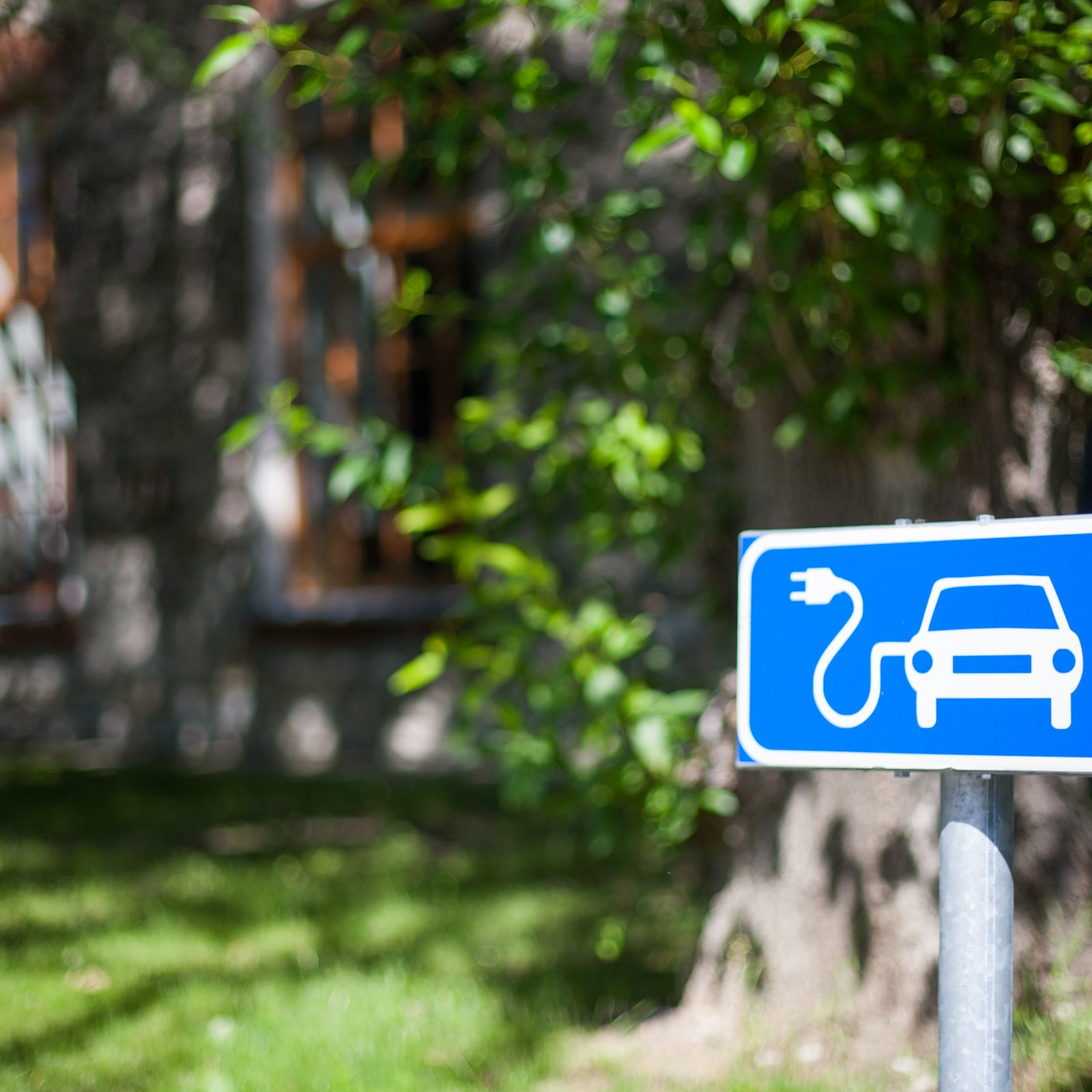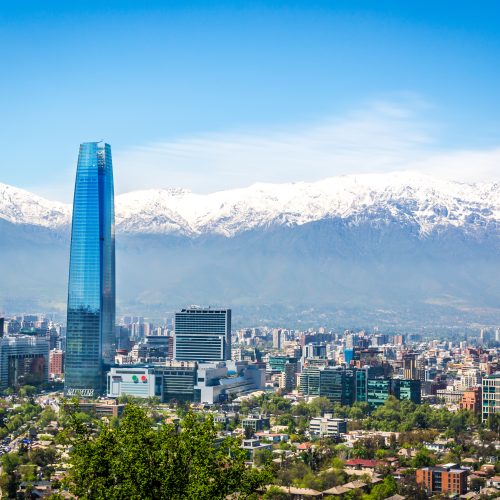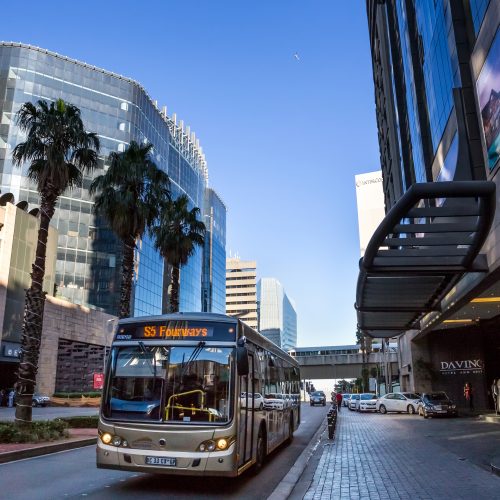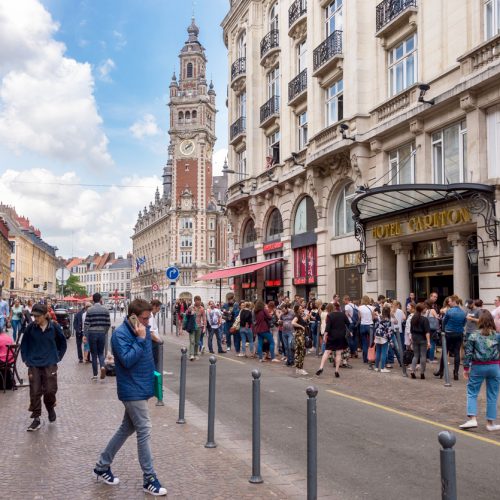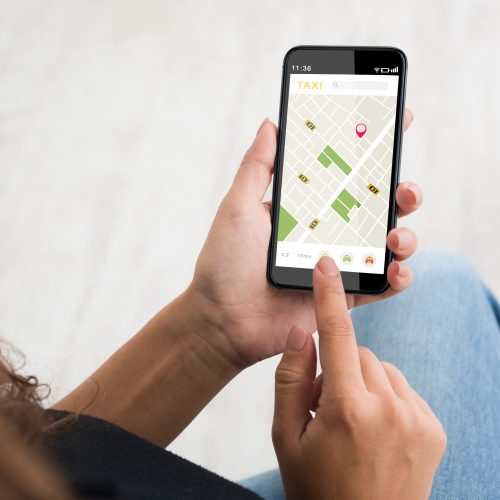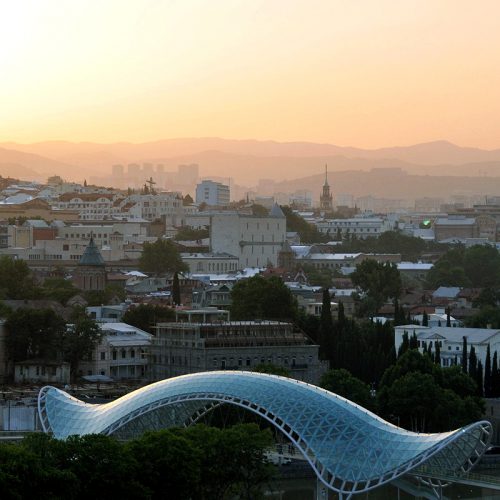Description
Mixed-use development, where housing, jobs, commerce and leisure are in close proximity, is considered to yield significant economic and social benefits, compared to more traditional separately zoned cities, in other words, those in which residential areas sit adrift from commercial areas. First, mixeduse areas require less transport for their inhabitants, who will travel shorter distances between private and public activities. In addition, the shorter transport distances within a mixed-use area may also help promote active mobility rather than motorised transport. As a consequence, significant time-saving and environmental benefits are expected to follow a shift towards mixed-use urban development – time saving that can be used for leisure or for productive work. For example, a doubling of job and living density has been shown to increase economic productivity by 2 to 4 per cent.[1] Economies that are less transport-dependent can also be more inclusive for individuals who otherwise would not be able to afford the transport cost required to access job markets, education or other services.
The environmental benefits can be further enhanced if mixed-use areas are developed in line with transit-oriented urban development, which refers to centres of social and commercial activities that are located at public transport connection points. Such a combination of mixed-use areas and transitoriented development can accelerate the use of clean transport systems and further rebalance the use of the streets in favour of pedestrianisation and active mobility, where cars are prevented from undermining communal life.
Land-use zoning is a concept used to support transitoriented and mixed-use development. In this context, zoning policies are those that designate an area to a certain use and are often supported by a regulatory framework to ensure that developers abide by the recommendations, and future developments do not threaten the ambitions set out in the policy. They are particularly successful where there are areas of vacant land, for example, brownfield areas, like old industrial sites, or other areas where the policy is not in direct contradiction to existing developments.
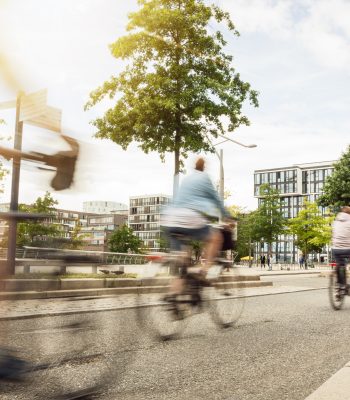
Resource implications and key requirements
Shifting to mixed-use and transit-oriented urban development requires significant resources in terms of planning and regulation, and it has to be pursued in close coordination with various city departments, including the city’s transport planners. It takes many years and requires close cooperation with multiple stakeholders and a constructive partnership with private developers. In Clerkenwell in London, mixeduse areas have been developed as a consistent policy for more than 20 years, after the concept of mixed-use development emerged in national planning policy guidance.[2]
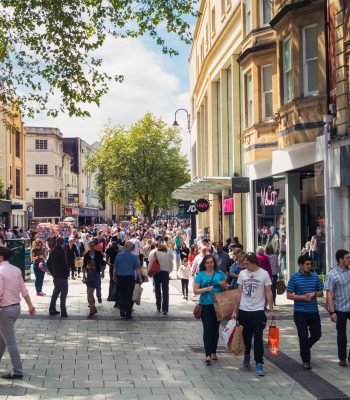
Potential private-sector participation
In general, the associated real-estate development will be financed and constructed by private developers. Good planning, coordination and contracting with private developers and businesses is therefore important.
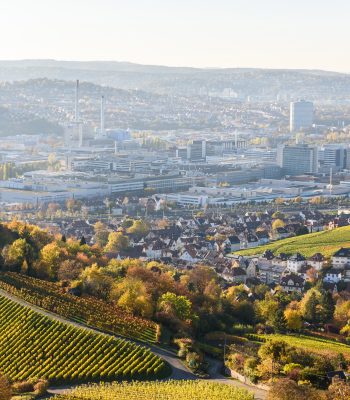
Implementation obstacles and solutions
Like other forms of urban regeneration projects, promoting mixed-use areas on the back of a transitoriented development will require coordination among several city departments as well as the buy-in of local residents and private developers, who may have differing interests. Such multi-stakeholder complexity may prevent or delay the implementation of mixed-use strategies. Comprehensive stakeholder engagement will be crucial and clear municipal commitments to strategic visions, together with improved infrastructure and public transport services, may be needed.
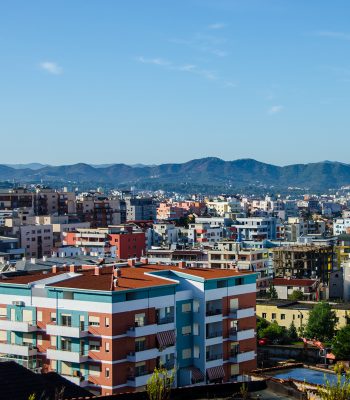
References
[1] Bloomberg Citylab (2012), “Why Denser Cities Are Smarter and More Productive”, 10 December 2012, R.Florida.
[2] VivaCity2020, Cities Institute, LondonMet (n.d.), “The Generation of Diversity: Mixed Use and Urban Sustainability: Clerkenwell (L. B. Islington) Case Study”.








